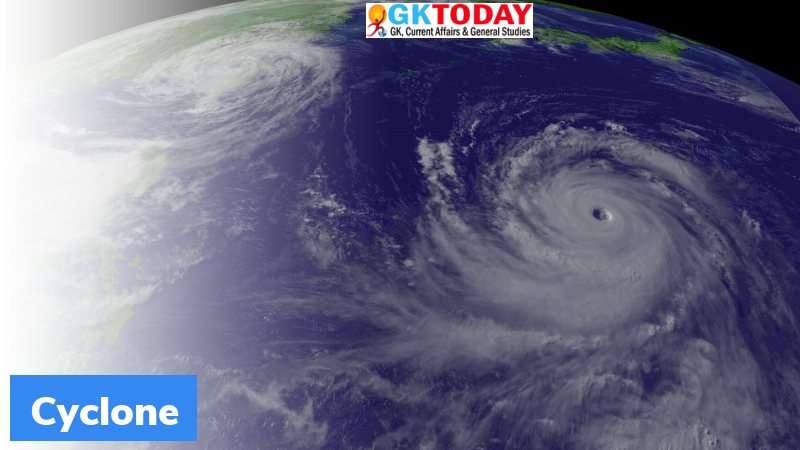Fujiwhara Effect
Hurricanes Idalia and Franklin, swirling near the southeastern US coast, have raised concerns about their potential interaction under the Fujiwhara Effect. This phenomenon occurs when two cyclones come close to each other and engage in an intense “rotational dance.” While the storms are not expected to collide, their proximity has led to speculation about the five possibilities of the Fujiwhara Effect, including absorption, merging, or even forming a supercyclone.
Idalia is approaching Florida’s Gulf Coast as a Category 3 hurricane, with Franklin near Bermuda and projected to parallel the US east coast. Although a collision is unlikely, the Fujiwhara Effect can lead to unpredictable intensification, altered trajectories, and increased rainfall, as seen in past interactions between cyclones.
What is the Fujiwhara Effect, and why are hurricanes Idalia and Franklin raising concerns about it?
The Fujiwhara Effect is when two cyclones rotate in the same direction and come close, engaging in an intense “rotational dance.” While the storms aren’t expected to collide, their proximity has sparked speculation about the possibilities of this effect, which can lead to unpredictable intensification, altered trajectories, and increased rainfall.
How does the Fujiwhara Effect impact cyclones’ behavior?
The Fujiwhara Effect’s interaction induces complexity due to rapid intensification, novel movement patterns, and increased rainfall over warming oceans. It arises from the unique interactions between two storm systems, leading to challenges in predicting trajectories and strengths.
What are the five possibilities under the Fujiwhara Effect?
The Fujiwhara Effect has five possibilities: absorption, where a smaller storm orbits around and collides with a larger one; merging of almost equal-strength storms; formation of a supercyclone from two powerful systems; partial straining out; and complete straining out. Equal-strength storms do not undergo straining out.
How are hurricanes Idalia and Franklin positioned currently?
Hurricane Idalia is moving northward towards Florida’s Gulf Coast and is projected to intensify into a Category 3 hurricane. Hurricane Franklin is situated east of Bermuda and is forecasted to parallel the US east coast.
What challenges does the Fujiwhara Effect pose for meteorologists and predictions?
The Fujiwhara Effect creates unpredictability in cyclones due to rapid intensification and altered movement patterns. Its distinct interactions between storm systems make predictions challenging, as seen in past cases where cyclones unexpectedly gained strength and altered paths.
What incidents illustrate the Fujiwhara Effect’s impact in the past?
Instances of the Fujiwhara Effect causing challenges include Typhoons Parma and Melor’s interaction in 2009, leading to unexpected strength and devastation in the Philippines. Cyclones Seroja and Odette’s interaction in 2021 caused intensified trajectories and damage in Western Australia.
Month: Current Affairs - August, 2023
Category: Science & Technology Current Affairs








